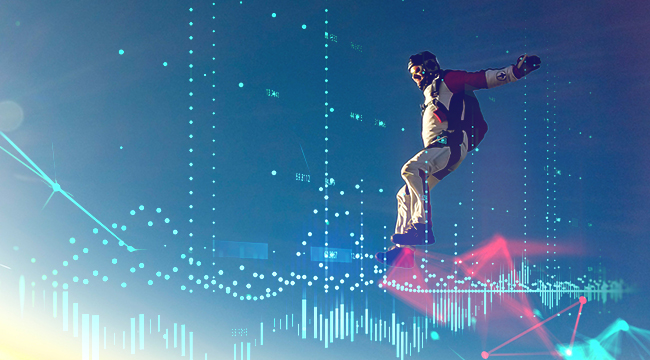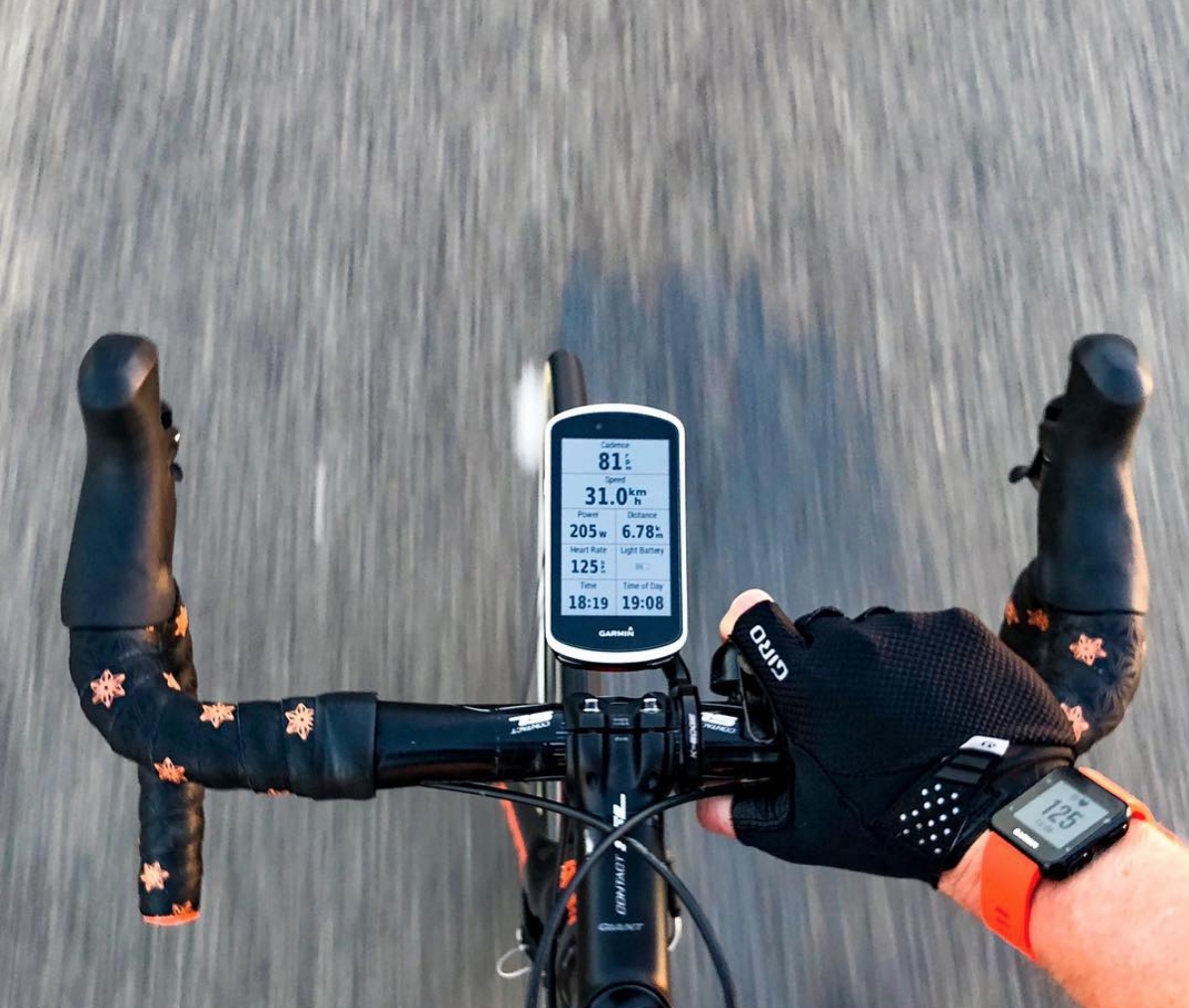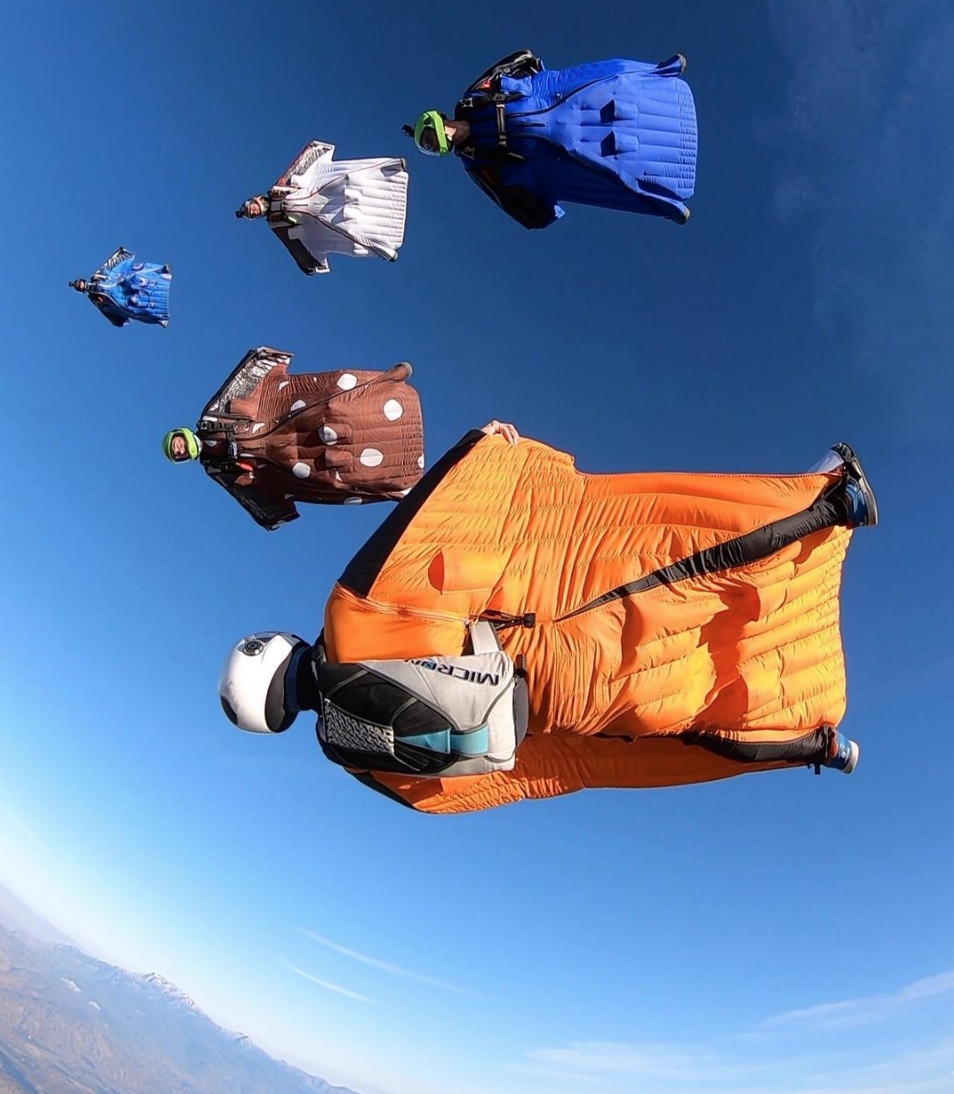
“I remember the first time I caught the ‘reef’ wave at NLand Surf Park, in Austin,” Uproxx Travel and Adventure editor Steve Bramucci tells me. “You drop in, it’s slightly different from an ocean wave for a second, then you start carving the face and the wave stabilizes and keeps going and… you just have so much time as you’re riding to be overwhelmed with that surfer stoke. It’s a pretty special feeling.”
Steve was talking about a man-made wave in Austin, Texas. It’s one of many land-locked surf spots that have popped up over the past five or so years. A second later, he launched into a story about cruising around his tiny beach town on an electric skateboard. Both examples are a reminder that, with a new era of tech, we’ve reached a new era of action sports too.
It wasn’t too long ago that the X Games was an underground sporting event showcasing the very cutting (sometimes bloody) edge of athleticism. Tony Hawk and his generation of riders were extreme — out of reach for most people to even consider emulating. These days, that perception is changing rapidly. From bringing skating and surfing to the masses to making the adrenaline-pumping danger of base-jumping cooler (and safer) than ever, here’s how technology is revolutionizing action sports.
You don’t have to live near the ocean to ride waves.
When it comes to surfing, you naturally think ocean. You think thumping reef breaks and wetsuits and sitting on the sandy beach in between sessions. But the game has changed. You can ride waves in the middle of a desert now. You can ride in Austin or Waco or… if you’re really lucky… in Lemoore, California.
Lemoore is home to surf god Kelly Slater’s wave pool. There — if you have the cash — you’ll find truly perfect barrels, developed by some of the best aerospace engineers in the world. In fact, the wave is so dreamy that it’s already become a host site for a World Surf League tour stop.
“You get this consistency, you know the wave is going to be exactly the same every time and it’s really made out to better yourself,” two-time world champion John John Florence told CNN World Sport in Lemoore.
That’s a miracle of modern tech and it’s bound to spread throughout the world. The day is coming — and soon — when finding the perfect wave no longer requires coastline.
You don’t have to “kick and push” to commute via skateboard.

Motorized skateboards have been around in some form or another since the 1970s. But back in the day, they were loud, gas-powered, and clunky—more for show than for anything useful. Times have changed though, thanks to ever-evolving small-motor technology. Electric skateboards are more usable now than ever before, with improved battery lives, designs that dampen vibration and give you a steadier (and safer) ride, and trucks that decrease wobble while increasing carving abilities.
Thanks to these tech advancements, instead of pumping away on a longboard or attempting to use a trick board to commute, you can hop on any number of electric skateboard models and get to where you need to go—and fast. Some boards, like Boosted’s Stealth board, can go as quickly as 24 miles per hour.
For cyclists, hills that were once dealbreakers are now easy to manage.

The first time I tried road cycling, I was living in Portland, Oregon, which is just chock-full of hills. So many ascents. So many roads that curve and climb and, frankly, made me want to just give up on life. Despite using a state-of-the-art carbon fiber bike that was lighter than some pairs of shoes that I own, those hills were enough to put me off the sport. That is: until electric bikes came along.
Modern bike advances come in all forms, but let’s start with regenerative braking. It’s a system that uses the motor to slow down the vehicle, generating energy while doing so. That energy is then fed back into the battery pack. That means less peddling time for you. But it also serves another purpose: “regen” braking prevents brake wear and overheating of traditional compression brakes, especially on dangerous downhill descents. Whether you’re a bike messenger, a road cyclist, or a mountain biker, electric bikes are making the most difficult passes navigable and manageable.
Mountain trails are more navigable than ever.

There are few things as terrifying—or exhilarating—as riding a tight trail that hugs a cliffside. While the sport will never be low-impact, the past few years have seen some significant changes for the better in MTB technology. It’s gotten significantly safer — making it easier to justify hurling yourself down a mountain on two wheels.
GPS technology, like the Garmin Edge 1030, has gotten faster, smarter, and lighter — making it easier to prevent getting lost. In the off-chance you crash, you can use rider-to-rider communication, instantly letting a buddy know you need help. Bluetooth shifting, which is still relatively new and suffers from slight lag compared to traditional cable shifting, seems promising — sure to provide a lighter, tighter ride in the near future.
There’s also Fox’s Live Valve, which, according to Bike Radar, “auto-adjusting compression damping system that locks your suspension when it’s not needed, then almost instantaneously opens both the fork and the shock as soon as a bump is detected.” In other words: a smoother, more predictable ride and less likelihood of losing control thanks to an unexpected bump.
You can get the sensation of BASE jumping, without putting your affairs in order.

BASE means Buildings, Antenna, Span, Earth. As for the jumping part… that’s self-explanatory. Those who practice the sport have described it as near-spiritual. And while new technology released in 2015 has made flying suits, also known as squirrel suits, faster than ever (clocking in at more than 160 miles per hour), that technology has not come without its drawbacks. 2016 was the deadliest year on record for an already dangerous sport.
If you want to find the psychological flow that so many BASE jumpers and skydivers talk about, without the same levels of risk, you can now do so without worry. Alan Menti, a former lawyer and current skydive obsessive, invented indoor skydiving and gave birth to a new sport in the process. The now-ubiquitous indoor skydiving technology so perfectly mimics free-fall that both professional skydivers and SEAL Team Six have used indoor skydiving for training.
If you’re a snowboarder, your tricks will be better than ever before.

Comparatively speaking, snowboarding is a new sport. While skiing has been around for ages, snowboarding was invented, more or less, with the creation of the Snurfer—two skis latched together and ridden like a surfboard—in 1965. In that span, we’ve seen a full-blown art-form bloom. From early prototypes to the first Winter X-Games in 1997 to today, boarders have learned to defy gravity, from quadruple backflips to 1800 quad corks (that’s an entire five turns) and beyond.
And how do they do it? Ever-improving gear helps. Magne-traction boards, which use a wavy design to make sure your board has more contact points with the mountain, have become industry standard. Then there are super lightweight helmets, lighter and warmer apparel, goggles that are magnetized to create a perfect seal against the elements, to name a few. There are even apps that track your speed and technique, showing you data such as body position, turn quality, engagement, and more, all of which should help you improve your form. (Snowcookie is marketed toward skiers, but is useful in a pinch, and then there’s the ever-useful Ski Tracks, which keeps track of metrics like speed, vertical, slope, number of runs, and more.)
If you’d rather use wearable tech than a phone app, you can track your center of gravity, weight distribution, and other metrics using Xon bindings. Combine those metrics with the ever-present GoPro camera, and you can go back, watch your run lined up with the read-outs from your bindings, and figure out where you’re going wrong (or right) when it comes to nailing new tricks.
***
Actions sports will always have an edge. That’s why we love them. But next-level technology is making these sports safer than ever and more fun. That’s a double win thanks to science and engineering.
